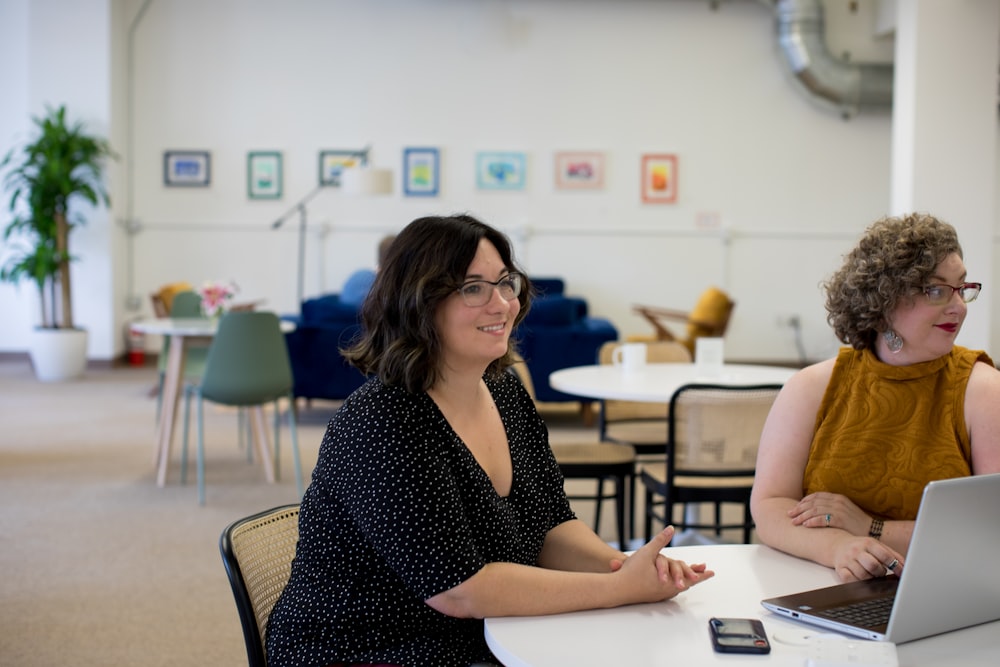
The National Incubation Center Lahore and Quetta (NIC) aims at strengthening Pakistan’s start-up ecosystem by incubating a larger percentage of companies that are large in business opportunities and attract investment capital to grow. NIC is offering 6 months program free-of-cost. The six months course comprise six intensive boot camps covering:
- Design thinking
- Strategy and business modeling
- Marketing, branding, and sales
- Finance, accounting, valuation, and equity management
- Negotiations and legal aspects of entrepreneurship, and
- Presentation and communication skills
LUMS faculty like Dr. Adnan, Dr. Usama and international technical experts like Shahid Khan is delivering the training according to the curriculum. In addition to the specific workshops and lecture series and mentoring of LUMS alumni, the focus of academic programming will be important to bring ideas into reality.
To become a successful entrepreneur inspiration the basic key. Inspiration has brought you a great idea for a business, but how exactly are you turning your idea into a fully viable company on a napkin? It has already been done, but many companies have taken a single path which cannot be doubled easily.
8 Fundamental Steps to Turn Your Idea into a Business
If you are selected in NIC for entrepreneurship training then completely focus on the training and during training, you must follow the steps to convert your idea into a successful business. Every new entrepreneur can take a few fundamental steps to turn your idea into a business. Please take these 8 steps to make your idea work.
1. Identify what problem is being solved
You’ll find that it solves a problem when you strip a company down to its core function. You are likely to be inspired by your ideas right now and concentrate on the solution. Many companies claim to have solutions, but what is their specific problem?
For example, Amazon solved how expensive and uncomfortable e-commerce was at one time. It currently has more customers (and sales) than its competition in brick and mortar.
All successful companies, products, or services improve their customers’ lives by detaching a problem.
2. Find your market
Imagine your ideal user – this is the first step to find out where your idea actually fits into a sea of consumers. They all have different habits and have the same problem to satisfy. Learn where your solution fits into the market and people’s lives.
The fact that people do not understand and want the product or service is one of the biggest problems startups make. Don’t blame the market if it happens that your concept is not “sold” to your audience. Rather, figure out what is convincing to them or what it takes to make them want something different from what they already have.
You have a solution, but you have to stand in front of the right people.
3. Find your support
Business partners have several advantages, particularly when you start out first. You can act as a support, a sounding board for your ideas, and show others that you have a good idea. Apart from building a team, it will give you invaluable knowledge with other entrepreneurs. Find and spark talks with seasoned entrepreneurs. Choose their brains – you like to talk about yourself so that you will be happy to share what you learn from your business startup experience.
4. Create a financial model and plan the first phase
You need to figure out now whether this is financially viable because your market research is completed. Create a financial model “bottom-up,” focused on creating, commercializing, and selling your product or service to a user. This gives you a better understanding of how your business works. Then, in order to verify your project, create a “top-down” financial model that looks at market size and objectives to make a profit.
Once you are satisfied with your financial model, start planning your first phase. This plan is easy – get your thoughts out. Make your mission, goal, success key, target market, competitive advantage, and basic strategies for discussions between your team and mentors. It ensures that all participants are on the same page and will move into the following stages.
5. Figure out your source of capital
In general, businesses don’t just start for the money, but money remains necessary to get the business off the ground. Some available sources of financing include self-financing, money from families, credit cards, and/or loans. Depending on the amount you need, angel investors and risk capitalists can provide a more useful source that supports your task for a certain amount of profit and decision-making.
Regardless of the source(s) that you decide to obtain or target, each has his/her own rewards and risks.
6. Build the minimal viable product (MVP)
You get the feedback you need before putting your idea on the market, the MVP, or the minimally viable product. After all, if you don’t want a product customer, it is of no use to anyone.
The idea is not to create a minimal product, but a product that is already good (viable), but still has room to improve (minimal). This is how early adopters actually jump into the product and provide you with feedback if they want it to improve them.
7. Find the pivot
Your early adopters gather information to help you figure out what works and what your audience received the most response. You may find your feedback totally different from what you expected and planned.
This can “flexibly” or change a fundamental part of your business model. Changing direction does not mean that you have completely failed; it actually helps avoid failures. Pivoting does not necessarily involve giving up all you have learned – take what you have learned and use it in your new direction. You have taken one path to a destination and lost it; swiveling is simply recalculating another way to go.
8. Stay positive
You’re saying that misery loves business – just don’t worry about your new business. Self-doubt and questioning if anything goes wrong will only prevent you from taking the risk you need. People will ask questions about your ideas and your business, but they will perpetuate their negative effect if they don’t believe in your ability to overcome it. If you remain above the negative and remain positive, it will become easier when you make a mistake or face an obstacle. And both of you are going to face.
Your journey to building a sustainable business will not be like most processes just because success is not guaranteed. You can do everything you can to suit your idea and see what works. If you’re not successful at first, try again until you.




















3 Comments